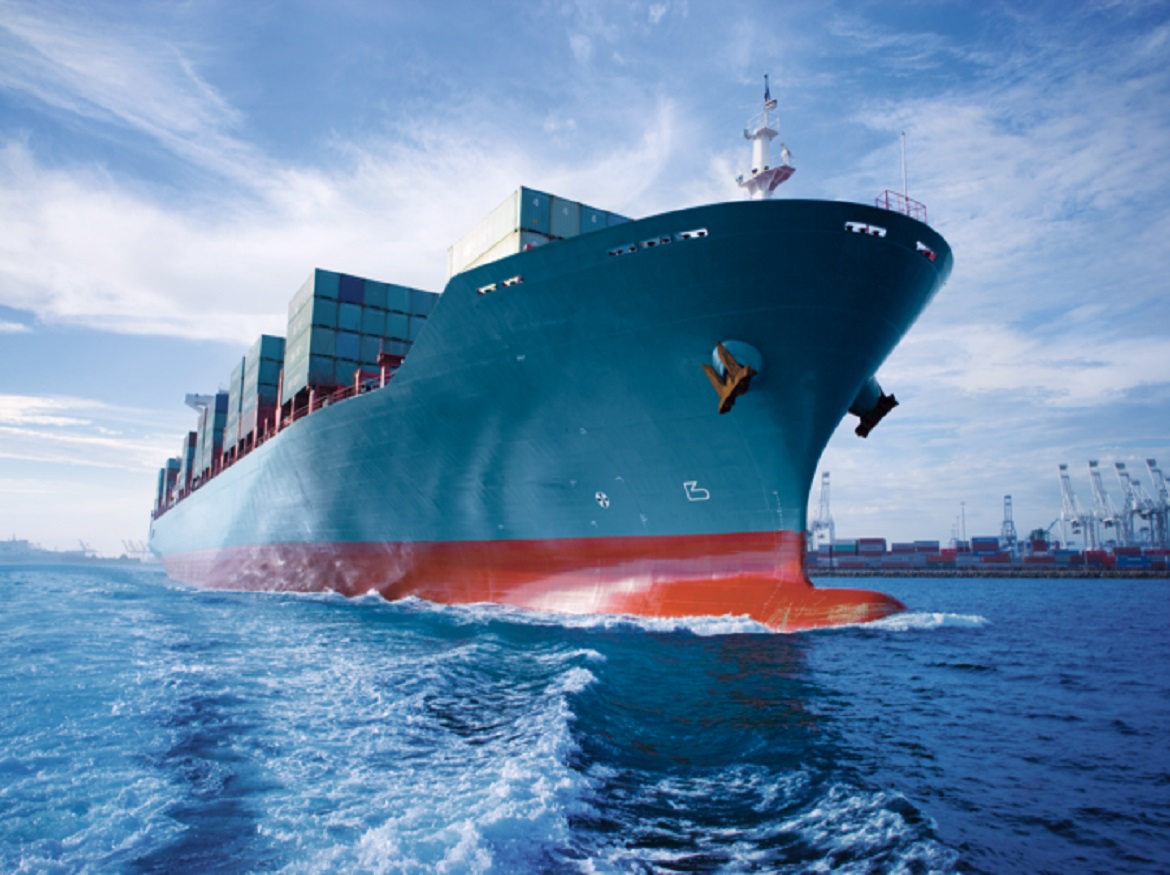Measurement technology from Kistler can be used to sustainably optimize combustion processes in large marine engines, thereby lowering emissions and operating costs while at the same time extending the service life. The ongoing development of Kistler’s cylinder pressure sensor for large engines is centered around the use of alternative, flexible fuels (multi-fuel). Furthermore, with its highly specialized testing solutions, Kistler is shaping the evolution of shipbuilding for large ships such as LNG tankers.
Continuous monitoring of large engines reduces CO2 emissions
Measurement technology solutions from Kistler are already significantly reducing and preventing emissions today. Over the past 12 years, Kistler has delivered thousands of cylinder pressure sensors in series that continually monitor large engines in ships powered by oil or natural gas and improve their performance and resource efficiency. As part of systems with closed-loop combustion control (CLCC) that were developed in close collaboration with engine manufacturers, the sensors from Kistler help cut fuel consumption by up to 2 percent and reduce nitric oxide (NOx) emissions while at the same time enabling predictive maintenance.
A sample calculation from a real-world application underscores the enormous potential of the CLCC technology: A modern large engine with 112,000 horsepower at full load consumes around 325 tonnes of fuel per day. The installation of a CLCC system with cylinder pressure sensors from Kistler reduced fuel consumption by 1.8 percent, which corresponds to around 3 grams per kWh. Converted into CO2 emissions, this is a reduction of more than 18 tonnes of greenhouse gas per day. This means that, over the course of a year, this prevents this engine alone from emitting thousands of tonnes of CO2. Furthermore, this also helps to cut fuel costs by more than EUR 2,000 per day, which means that investments in CLCC systems with cylinder pressure sensors from Kistler quickly pay for themselves.
Evolution towards alternative fuels and multi-fuel operation
Kistler is continuously developing its cylinder pressure sensors for both two-stroke and four-stroke large engines. The outstanding features of the piezoelectric pressure sensors include their accuracy, robustness and long service life. They offer consistently stable measurements in large engines over many years – also in dual- and multi-fuel operation – therefore resulting in an extremely low total cost of ownership (TCO). Dual- and multi-fuel operation – which is when engines are able to burn several different fuels – is also an important factor for large stationary power stations, which will be operated with green hydrogen and, most importantly, will play a key role in stabilizing power grids that will primarily be fed with renewable energies in the future.
Thus, in close collaboration with leading engine manufacturers, Kistler is developing solutions like the cylinder pressure sensor 6635A1, which has been in series production since 2018. Thanks to innovative features like the highly sensitive PiezoStar crystal, the optimized diaphragm, and the particularly robust signal transmission, this sensor is ideal for multi-fuel operation. Having undergone comprehensive long-term testing, the 6635A1 offers a long service life while providing consistently stable measurement results in CLCC operation. Even if it is not clear at the moment which fuel will prevail in the future – ammonia, methanol, or biodiesel – Kistler is standing by to spur on the evolution of large engines with correspondingly developed sensors.
Hydrodynamic testing solutions for maritime transport
In addition to engine optimization, Kistler also supports the global shipping industry with hydrodynamic testing solutions. Before a ship can set sail, it undergoes countless tests: in what is referred to as “towing tanks,” ship models are used to test and optimize the hydrodynamic properties. Moreover, during the development of the drive system, it is crucial to avoid cavitation and unwanted vibration. In a series of further special tests, the strengths of the piezoelectric sensors from Kistler come into play – they are able to measure extremely brief changes in force and pressure lasting just a few seconds or less.
Another special application is “sloshing”: the objective of this test is to monitor the motion of the liquid natural gas transported in modern LNG tankers. The ship’s movements and the high pressure in the tanks coupled with the constant changes in the physical state of the gas can result in resonances and cavities that put the safety of the tanker at risk. To prevent these kinds of eventualities and optimize the overall construction, research institutes around the world, for example in the Netherlands, carry out comprehensive tests in which solutions from Kistler play a decisive role.









